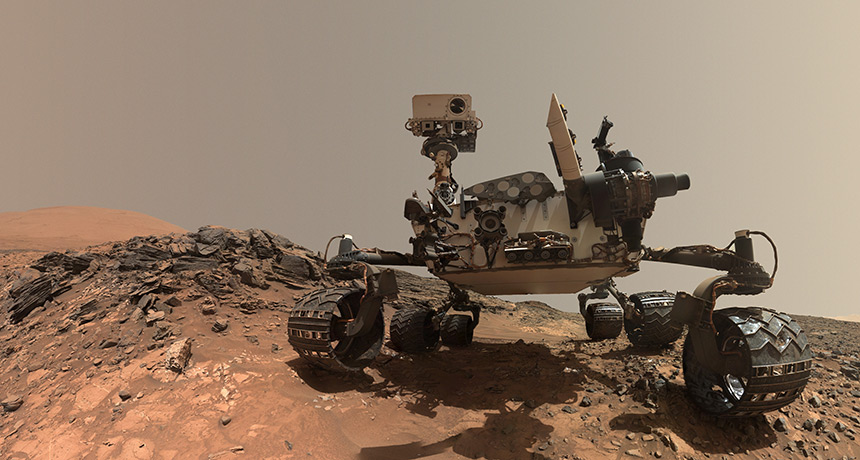What Curiosity has yet to tell us about Mars

FIVE YEARS ON MARS Curiosity has done a lot more than take selfies in front of Gale crater, and with its mission extended through next fall, there’s still more science to come.
MSSS, JPL-Caltech/NASA

FIVE YEARS ON MARS Curiosity has done a lot more than take selfies in front of Gale crater, and with its mission extended through next fall, there’s still more science to come.
MSSS, JPL-Caltech/NASA